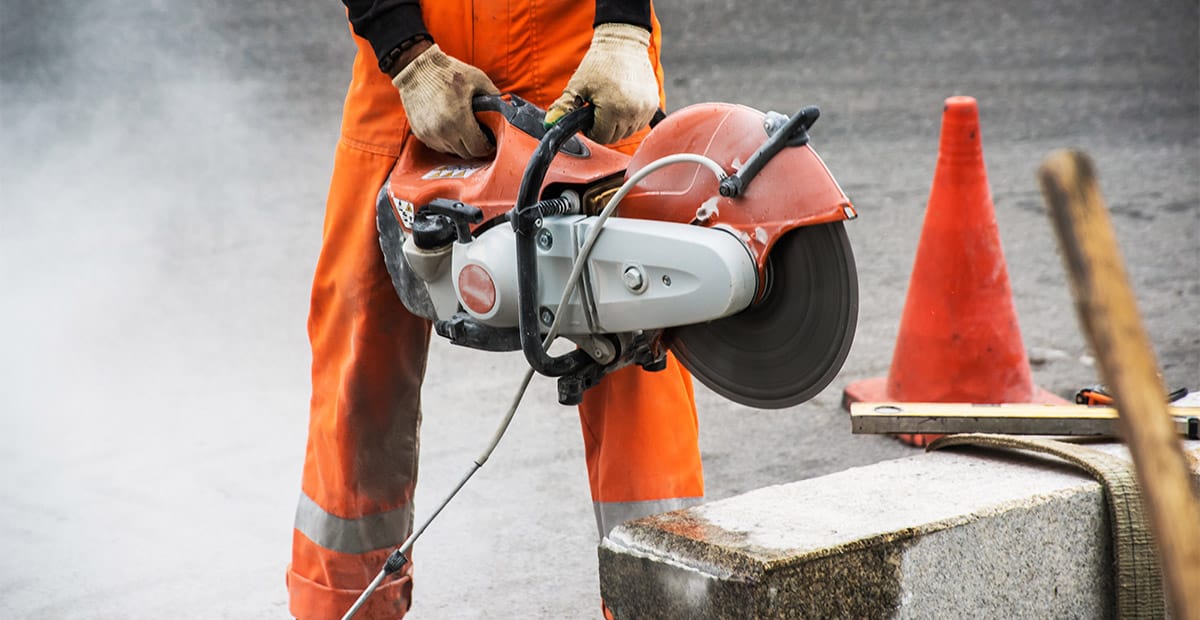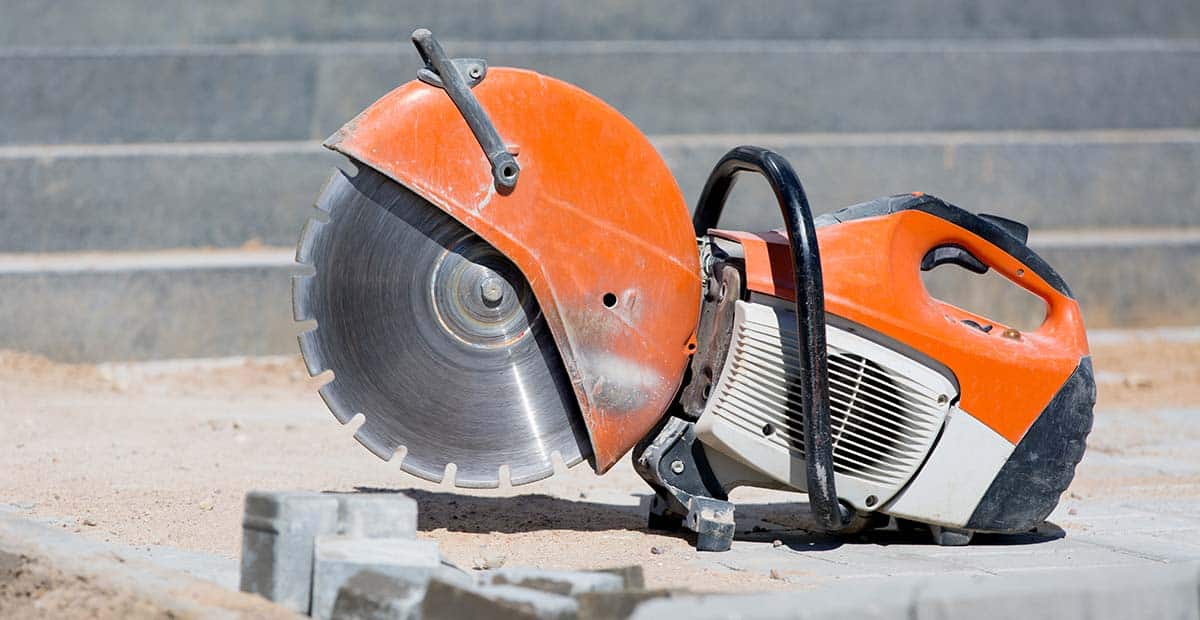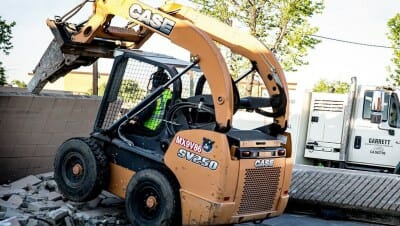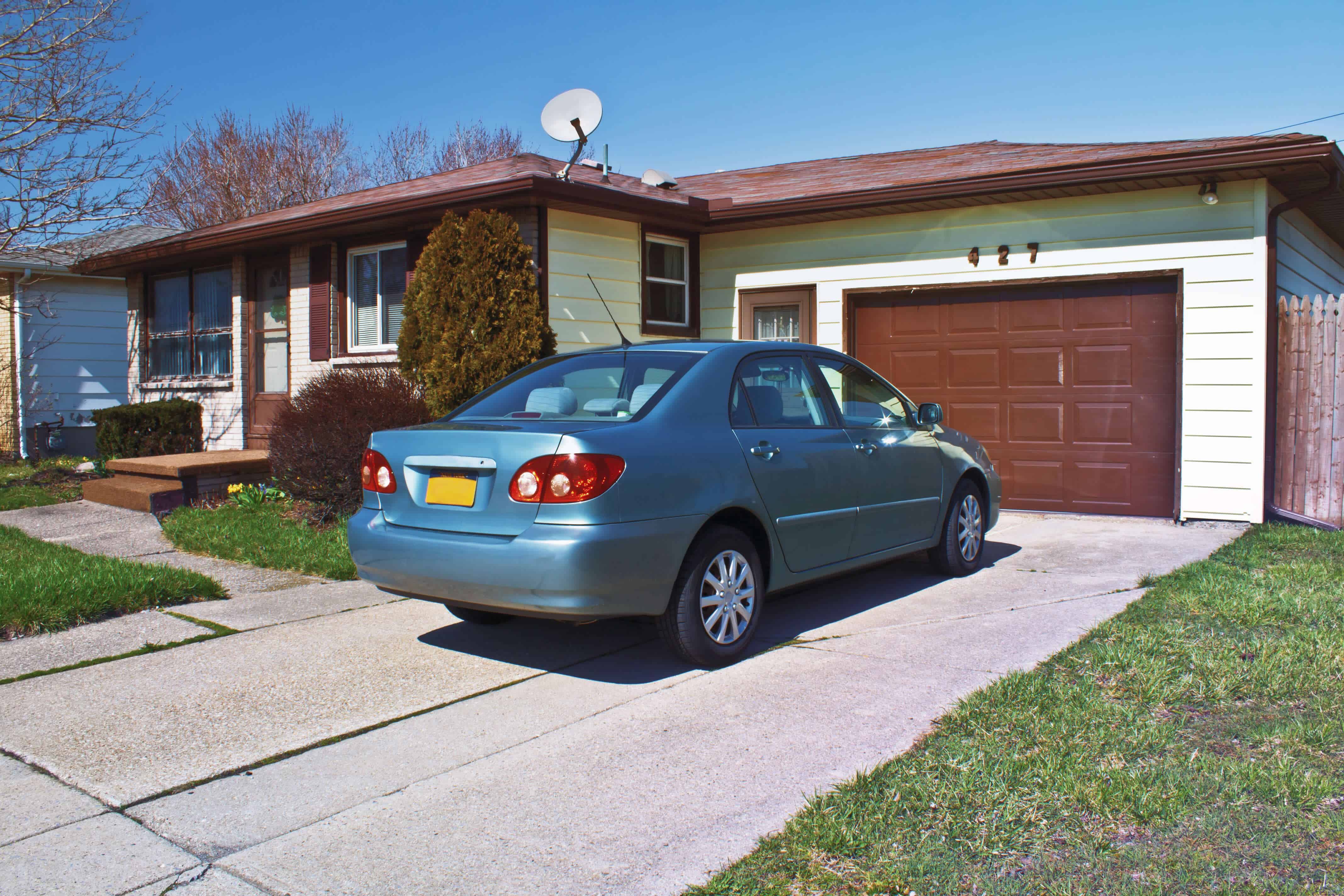While working in a confined, indoor space, a concrete cutter suddenly grows groggy. A short time later, they fall unconscious. Industry professionals who observe this type of scenario should have one immediate thought in mind: carbon monoxide exposure.
Every year, over 20,000 Americans seek emergency treatment for exposure to this lethal gas. And every year, hundreds of those affected will die. For job-related reasons, concrete professionals and many other contractors are at high risk for carbon monoxide poisoning. Fortunately, they can avoid this common workplace hazard by adhering to all current safety guidelines.
What Is Carbon Monoxide?
Carbon monoxide (CO) is a simple gas that combines a single atom of carbon with a single atom of oxygen. Slightly lighter than air, this gas has no color, odor or taste. Unfortunately, carbon monoxide is toxic to humans and a wide range of other species. It produces a damaging effect when present in concentrations as low as 35 ppm (This is the rough equivalent of just 35 molecules of CO per one million molecules of oxygen).
Carbon monoxide is produced by the inefficient burning of gasoline, oil, coal, gas, and wood. A vast range of devices, vehicles, and appliances can generate the gas, including:
- Cars and trucks
- Small engines
- Non-electric hot water heaters
- Gas-powered furnaces
- Gas-powered ranges
- Fireplaces
- Wood-powered stoves
- Lanterns
- Grills
Risks for poisoning are especially high in enclosed spaces where CO can accumulate. However, proper ventilation can prevent the gas from building up in dangerous amounts.
Symptoms of Exposure
The most typical signs of exposure to carbon monoxide include lightheadedness, headaches, confusion, stomach upset and nausea. You may also experience chest pain. Some people compare the overall effect to having the flu. A higher level of exposure to CO can trigger loss of consciousness. The gas causes harm by displacing the life-giving oxygen in your bloodstream. This means that saturated and/or longer-term exposure can kill you. If exposed to the gas while intoxicated or sleeping, you can die without ever being aware of your symptoms.
Particular Risks for Concrete Cutters and Other Contractors
Anyone can be accidentally exposed to a dangerous level of carbon monoxide. However, concrete professionals and certain other contractors have unique risks. That’s true because much of the equipment used by these contractors is gas-powered. A short list of this equipment includes:
- Floor-mounted and hand-held concrete saws
- Generators
- Compressors
- Finishing machines
- Skid loaders
- Compactors
- Power trowels
- Pressure washers
Any of these devices may be kept running for hours at a time. Inevitably, this leads to the production of large quantities of carbon monoxide. In fact, just a single gas-powered generator can vent more CO than 100 automobiles left idling in traffic. Risks for exposure are especially high for contractors who work indoors or in bad weather. In an enclosed space, it can take less than 60 seconds to inhale a lethal dose of the gas.
Guidelines for Avoiding CO Exposure
The Center for Construction Research and Training has issued carbon monoxide guidelines designed to protect concrete professionals and other contractors. These guidelines apply to anyone working indoors. They also apply to contractors working beneath an outdoor shelter, in a semi-enclosed space or near an outdoor air intake.
The first step in proper protection is complete banishment of gas-powered generators/compressors from indoor use. These devices should always remain outdoors and, whenever possible, downwind from a workspace by at least 25 ft. All other gas-powered equipment should also be reserved for outdoor use.
All contractors should set up ventilation systems designed to cope with any potential carbon monoxide threat. The setup of for these systems will vary from location to location. Proper ventilation can potentially offset the risks of using gas-powered equipment indoors. However, only well-trained personnel can oversee this type of work. Responsible staff members should provide ongoing monitoring at all times.
So, to help reduce their risks, contracting businesses can create CO-focused training programs for their employees. They can also consider equipping their employees with personal carbon monoxide monitors. Monitors available on today’s market can provide real-time CO readings and issue visual or audible alerts in dangerous conditions. As a final precaution, contractors can also set up an additional alert system that covers the entire site.
For good reasons, carbon monoxide poisoning is an avoidable risk. By adhering to best practices, concrete professionals and other contractors can stay safe on any jobsite. And with their safety assured, they can focus on providing the best possible results for their customers. So, it’s a win-win situation for everyone.






Leave A Comment